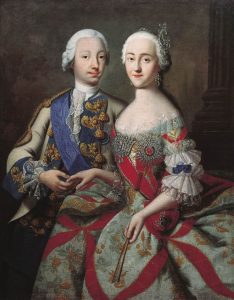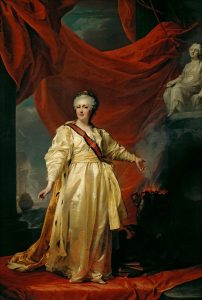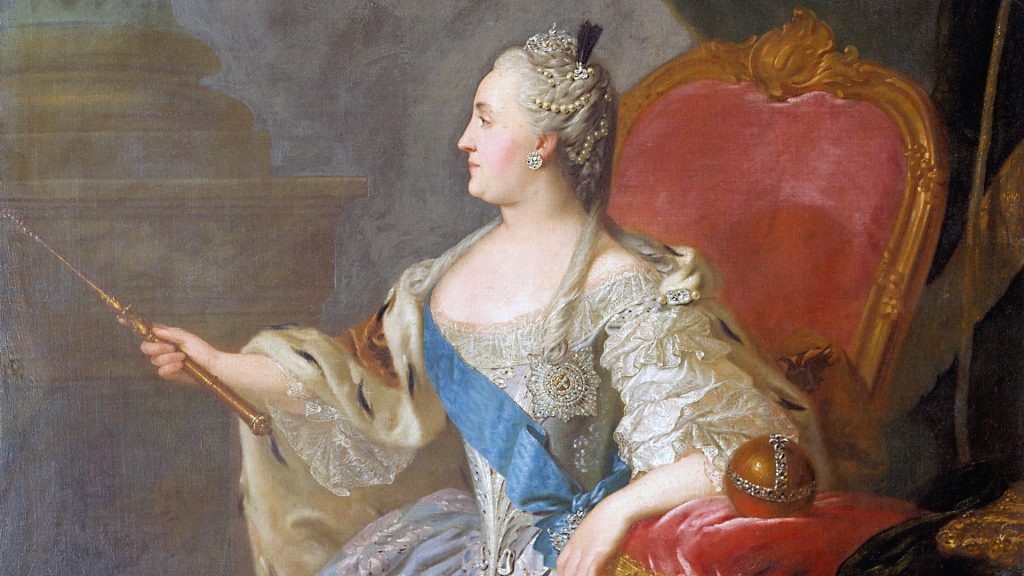Vaishnavi Srivastava
2nd May 2023. ON THIS DAY.
Whenever one thinks of a notable historic leader, the mind is bombarded with the names of several male leaders followed by the honorary title of, “The Great”. However, in the history of monarchy, there has only ever been one female ruler whose name is bestowed with the suffix, and that is Empress Catherine the Great, who ruled over Russia from 1762 to 1796. On her day of birth, we will explore the life of Catherine the Great and her undying love for all things art and controversy.
How has the world remembered Catherine the Great? It is a sad truth that the woman to first establish various major reforms in Russia that ranged from the very first school for orphans to empowering young girls towards education was famed not for these historic reforms but for her sexual escapades.
In 1762, Catherine’s husband ascended to the Russian throne, but he proved to be a disastrous ruler. He was despised by the Russian nobility, who saw him as weak and ineffectual. Catherine, who had grown increasingly disillusioned with her husband, plotted to overthrow him. In a bloodless coup, she deposed her husband and declared herself the Empress of Russia.

Courtesy: Smithsonian Magazine
Catherine the Great’s legacy is indeed overshadowed by her personal life and scandals, but it is important to note that she was a woman of many talents and interests. One of her greatest passions was the arts, and during her reign, she transformed St. Petersburg into a cultural hub, fostering the development of literature, theatre, music, and the visual arts.
Catherine was a patron of the arts and amassed an impressive collection of paintings, sculptures, and other works of art. She also established the Hermitage Museum, which is now one of the largest and most prestigious museums in the world. Her collection included works by renowned artists such as Rembrandt, Rubens, and Titian, as well as pieces by lesser-known artists that she discovered and supported.

Courtesy: eTips
Her collection of artworks included not only classical works of art but also paintings by contemporary Western artists. She indulged in the beauty of art and judged an artwork not by its visual aesthetic or creative style but by the intellectual narrative that went behind those specific artworks.

Courtesy: Art UK
Catherine’s love for the arts and culture was not just a personal passion, but also a political tool. She recognized that the arts and culture could be used to promote Russia’s image and influence on the world stage. She used art and culture to project an image of Russia as a sophisticated and cultured society, and she used cultural diplomacy to build relationships with other European powers.
Catherine died in 1796, at the age of 67. She had ruled Russia for 34 years, and her legacy continues to be felt to this day. Although her policies and reforms were more focused on the upperclassmen and she failed to help the serfdom, she is remembered as one of Russia’s greatest rulers, a powerful and enlightened monarch who helped to transform her country into a modern and prosperous nation. Throughout her life, she collected and commissioned works of art from some of the most talented artists of her time, and she supported the development of new artistic movements and styles.





